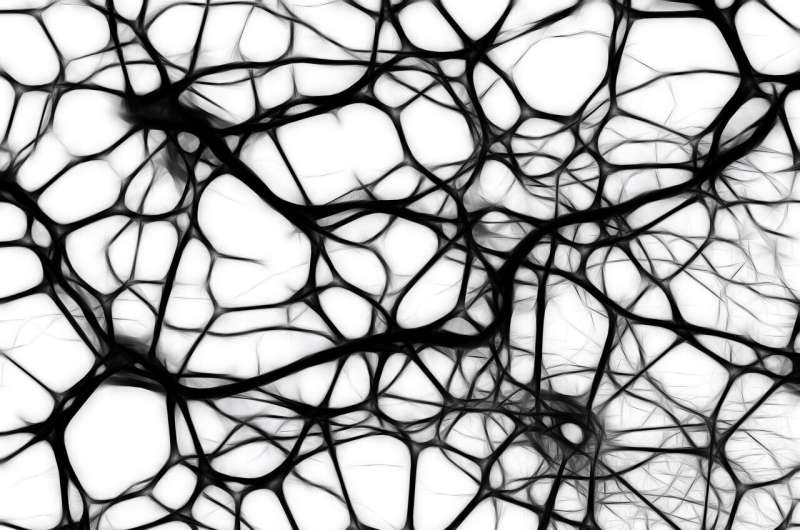Addressing the Hidden Burden of Chronic Pain in Australian Children

Chronic pain affects 1 in 5 Australian children, disrupting education, mental health, and family life. Recognizing it as a distinct condition is essential for better care and support.
Chronic pain in children is a significant and often overlooked health issue in Australia, affecting approximately 20% of youngsters—around 877,000 children. While many children recover quickly from pain caused by injuries or illnesses, a notable number experience persistent discomfort that extends beyond three months, a condition known as chronic or persistent pain.
This pain may stem from identifiable causes such as injuries or underlying conditions like arthritis, but in many cases, no specific cause can be determined. A comprehensive report by Chronic Pain Australia, based on surveys of 229 children, young people, and their families, reveals that chronic pain profoundly impacts various aspects of life—from academic performance and social interactions to family dynamics and mental health.
The report highlights several critical issues: delays in diagnosis often exceeding three years, frequent school absences leading to academic setbacks, sleep disturbances, and psychological challenges like anxiety and depression. Caregivers also face significant stress, with nearly half reducing work hours or leaving jobs, and marked gender disparities, with girls being more affected.
Moreover, the invisibility of pediatric chronic pain complicates efforts to address it. Australia lacks formal recognition of chronic pain as a distinct condition, which hampers data collection, healthcare planning, and funding. Currently, only nine pediatric pain clinics exist nationwide, with significant gaps in services, especially in Tasmania and the Northern Territory.
Despite these challenges, there is hope. New guidelines in New South Wales aim to deliver coordinated, culturally safe care that involves schools and health professionals working collaboratively. Evidence-based approaches, including physical activity, sleep support, psychological therapies, and careful medication use, are proven effective in managing pediatric pain.
For children to thrive academically, socially, and physically, the focus must shift toward recognizing and addressing chronic pain as a legitimate health condition. Classification by the World Health Organization could be a crucial step in ensuring children receive the care and support they need for a life not dominated by pain.
Stay Updated with Mia's Feed
Get the latest health & wellness insights delivered straight to your inbox.
Related Articles
Canada Encouraged to Support Health Care Innovations for Global Leadership
Canada has the potential to lead global health innovation by fostering real-world healthcare solutions through collaboration and supportive policies, experts say.
Growing Trend of Subspecialization in Oncology Care
A recent study highlights the increasing trend of oncologist subspecialization, revealing regional and socioeconomic disparities in cancer care management across the US.
Using Food Delivery Networks to Accelerate Cardiac Arrest Response and Save Lives
Innovative use of food delivery services in Taipei shows promise for quick defibrillation in cardiac emergencies, potentially saving more lives through faster response times.



